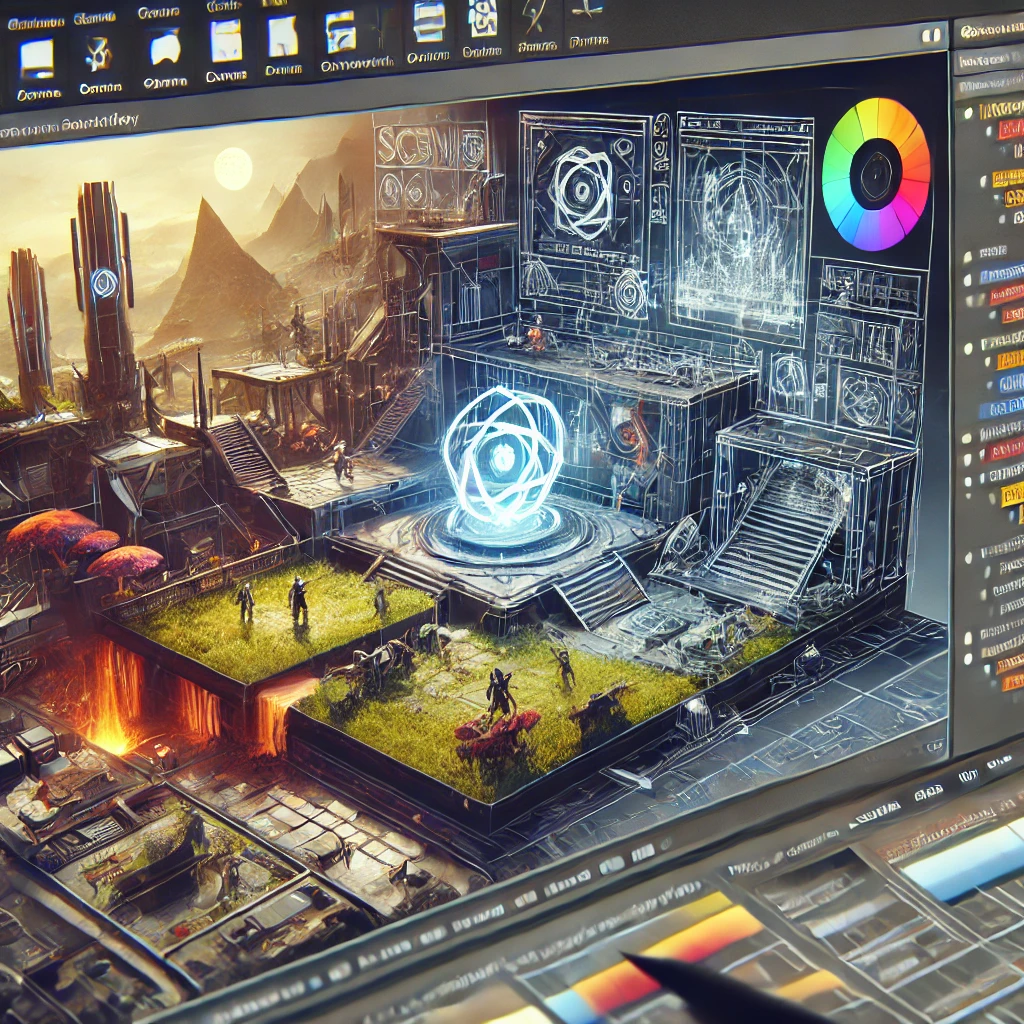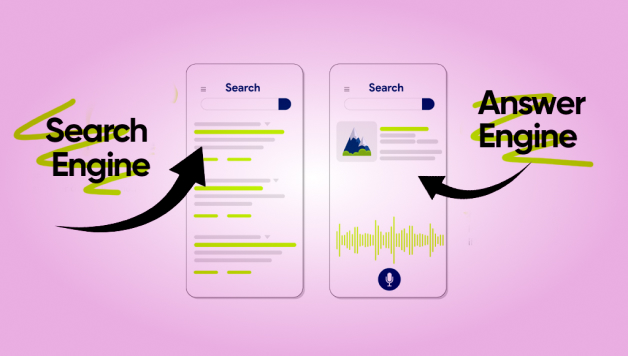Game Engines: Behind the Scenes
Game engines are the silent heroes of the gaming world, powering the incredible experiences we enjoy in video games. They handle the heavy lifting behind the scenes, from rendering stunning visuals to ensuring smooth gameplay. But what exactly is a game engine, and why is it so important? Let’s uncover the magic behind these essential tools.
What is a Game Engine?
A game engine is a software framework that makes creating games easier. Think of it as the toolbox for game developers. It provides everything needed to build a game, including tools for designing graphics, creating physics, adding sound, and programming interactions.
Instead of starting from scratch, developers use game engines to speed up the process. This allows them to focus more on creativity—designing characters, crafting stories, and building exciting gameplay mechanics.
The Key Ingredients of Game Engines
Game engines are made up of several components that work together seamlessly. Here are the key parts that make them tick:
1. Graphics Rendering
- This handles everything you see on the screen.
- From lush forests to futuristic cities, the rendering engine makes it all look beautiful.
- Advanced features like ray tracing create realistic lighting and shadows.
2. Physics Simulation
- Imagine a ball bouncing realistically after hitting the ground—that’s the physics engine at work.
- It ensures objects behave as they would in real life, making the game world feel natural.
3. Artificial Intelligence (AI)
- AI allows non-playable characters (NPCs) to act smart.
- It enables enemies to chase you, teammates to assist you, and NPCs to respond to your actions.
4. Sound Design
- A game’s audio adds depth and immersion.
- The audio system in a game engine integrates background music, sound effects, and even 3D sound that changes as you move.
5. Animation Tools
- Characters need to move, jump, and react smoothly.
- Animation tools ensure these actions are lifelike and in sync with the environment.
6. Game Logic and Scripting
- Scripting tools define how the game plays.
- Developers use these to create rules, control events, and design interactions.
7. Networking
- For multiplayer games, networking tools ensure smooth connections between players worldwide.
Popular Game Engines
The gaming world is home to several powerful engines. Each has unique strengths, and developers choose one based on their needs:
- Unreal Engine: Known for jaw-dropping graphics, Unreal is a favorite for blockbuster games.
- Unity: Loved by indie developers, Unity is user-friendly and supports a wide range of platforms.
- Godot: This open-source engine is simple, lightweight, and perfect for smaller projects.
- CryEngine: Famous for photorealistic visuals, CryEngine powers some of the most visually stunning games.
- RPG Maker: A go-to for creating role-playing games without heavy coding.
How Game Engines Work: The Process
Creating a game involves several steps. Here’s how game engines simplify the journey:
- Creating Assets
- Artists design characters, props, and environments using software like Blender or Photoshop.
- These are then imported into the game engine.
- Building Levels
- Developers place objects, design layouts, and set the mood with lighting.
- They use visual editors to assemble these elements into playable levels.
- Writing Game Logic
- Scripts are written to control everything—from how enemies behave to how players interact with objects.
- Testing and Debugging
- The game is tested thoroughly to catch bugs.
- Game engines provide debugging tools to fix problems quickly.
- Optimization
- To ensure the game runs smoothly, developers tweak performance settings.
- This step is especially important for games released on multiple platforms.
- Launching the Game
- Modern engines make it easy to release games across consoles, PCs, and mobile devices.
The Evolution of Game Engines
Game engines have come a long way. Early engines, like the ones used for Doom and Quake, were revolutionary for their time but had limited capabilities. Today’s engines are far more advanced, offering tools for:
- Virtual Reality (VR): Immersive experiences that transport players to another world.
- Ray Tracing: Stunningly realistic lighting and reflections.
- Procedural Generation: Automatically creating vast game worlds with minimal effort.
Looking ahead, technologies like cloud-based game engines and machine learning are set to push boundaries even further.
Why Are Game Engines So Important?
Game engines level the playing field in game development. They enable small studios and solo developers to create amazing games, competing with larger teams. The tools provided by engines save time, reduce costs, and encourage innovation.
For players, game engines mean more immersive and polished games. Whether it’s a small indie game or a sprawling AAA title, engines ensure consistent quality and performance.
What’s Next for Game Engines?
The future of game engines is bright. Emerging features like AI-driven storytelling and real-time environment changes will make games even more dynamic. Additionally, engines are expanding beyond gaming—being used in education, architecture, and even healthcare.
As game engines continue to evolve, the line between virtual and reality will blur, opening up limitless possibilities for developers and players alike.
Conclusion
Game engines are the beating heart of the gaming industry. They handle the complex technical aspects so developers can focus on crafting unforgettable experiences. As technology continues to evolve, these engines will remain at the forefront, shaping the future of interactive entertainment. If you have experiences or insights on gaming in your community, we invite you to share your story with us at write for us gaming!














Post Comment